In today’s fast-paced world, finding comfortable ways to relax and reduce stress has become essential. One simple yet effective method is through the soothing warmth of a water therapy session, which is the essence of soaking in a bathtub. While searching for the perfect bathtub, you may come across the term “Ofuro” and marvel at its price tag. If you’re not yet familiar with it, let’s dive into this article to learn more!
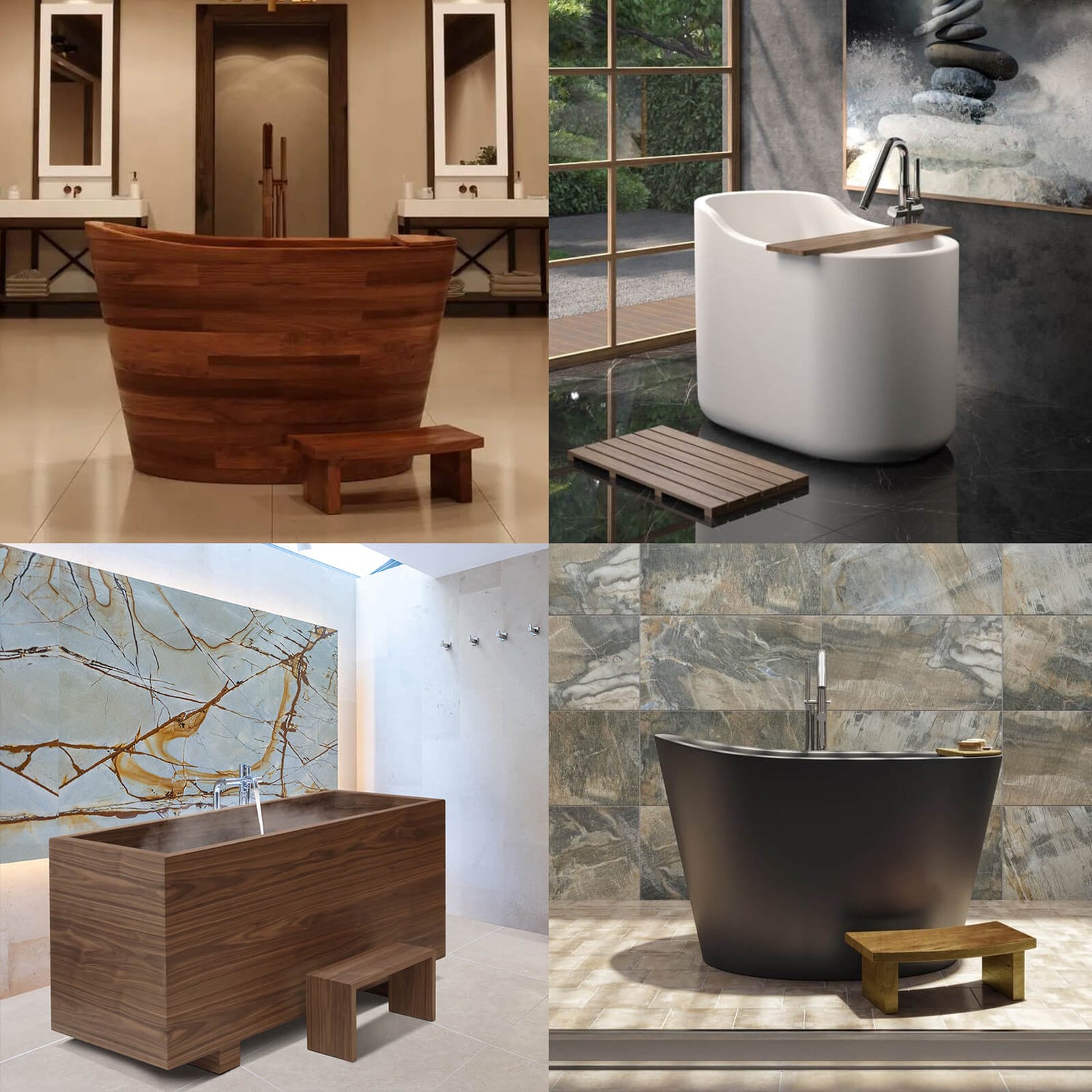
What is an Ofuro Tub
The term “Ofuro” (お風呂) originates from Japanese and literally means “hot water bath.” As such, the Ofuro tub is deeply rooted in Japanese culture and differs from traditional Western tubs. Designed for sitting rather than lying down, the Ofuro tub offers a unique soaking experience.
Traditional Ofuro tubs are often made from natural woods like Hinoki (Japanese cypress) or oak. They are typically compact in size but deeper in design, allowing users to fully immerse themselves in the water for a relaxing soak.
As Japanese bathing culture has spread globally, Ofuro tubs have gained popularity as a tool for achieving both physical relaxation and mental well-being. Over time, various materials have been introduced to the market, but the overall design remains true to its traditional roots.
Historical Background of Ofuro Tubs
The Ofuro tub is an integral part of Japanese culture, with a history spanning centuries. It is not just a bathing tool but also a symbol of cleanliness, relaxation, and spiritual refinement for the Japanese people.
Origins: Religious and Purification Rituals
The origins of Ofuro are closely tied to Japan’s religious traditions. Influenced by Shintoism and Buddhism, the Japanese viewed bathing as a ritual for purifying both the body and the soul. Early Ofuro baths were not the modern tubs we know today but simple wooden containers filled with hot water. This practice was not only about physical cleanliness but also about cleansing the spirit and warding off impurities and misfortune.
Development: The Rise of Public Bathhouses
Over time, Ofuro evolved from a household practice to a communal activity. During the Edo period (1603–1868), Sentō (public bathhouses) became popular across Japan. These bathhouses served as social hubs where people could relax and connect, while also driving innovations in Ofuro tub design. Wooden tubs, known for their heat retention and natural materials, became the standard and remain a tradition to this day.
Modernization: The Evolution of Ofuro tubs
In the 20th century, advancements in technology led to changes in Ofuro tub design and materials. While traditional wooden Ofuro tubs remain popular, modern versions now incorporate more durable materials like Hinoki, cypress, and high-tech composites. Additionally, contemporary Ofuro tubs focus on ergonomic designs to enhance comfort during soaking.
Benefits of Using an Ofuro Tub
The unique design of Ofuro tubs offers several advantages, making them a top choice for homeowners:
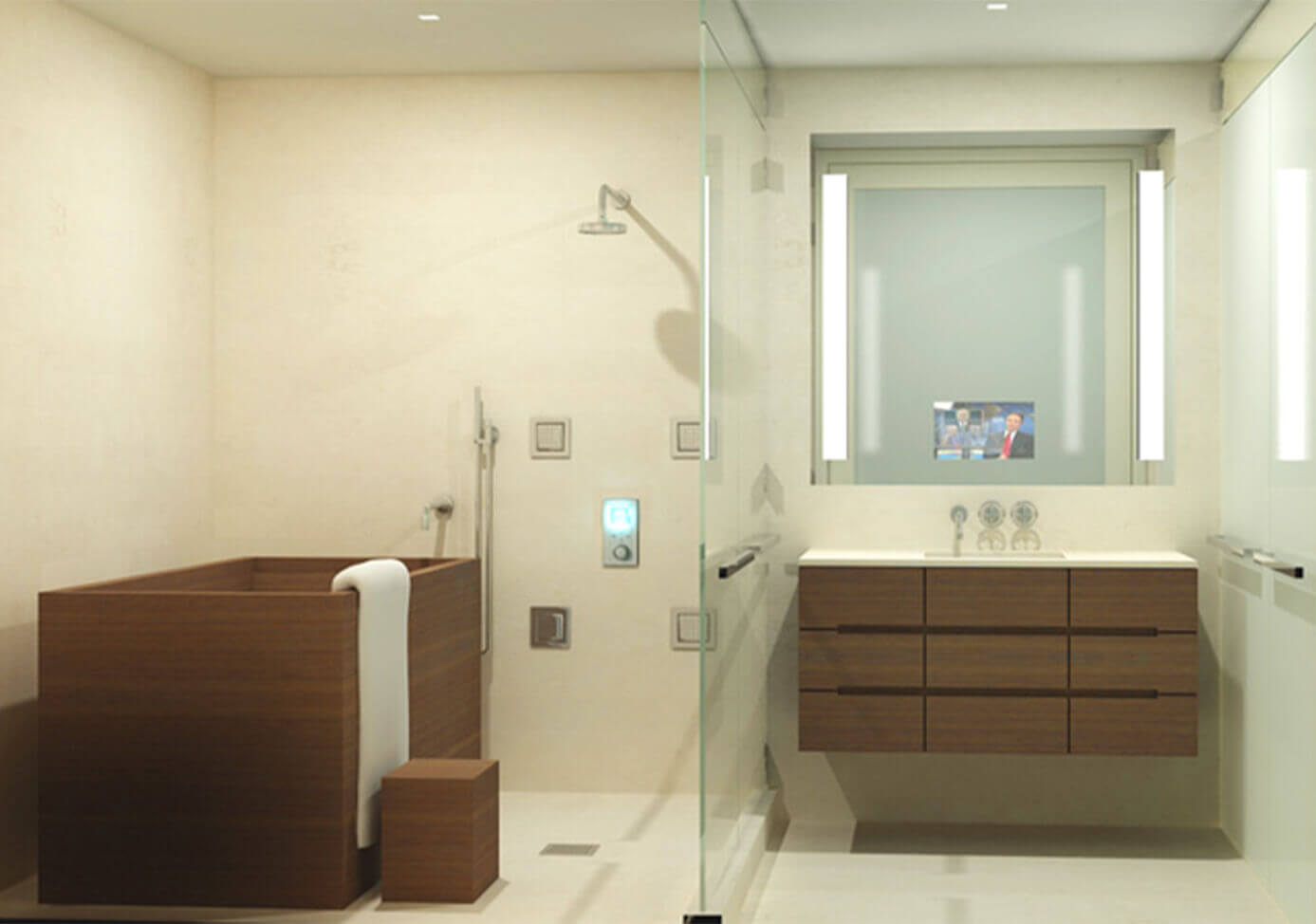
Compact and Space-Saving
Small bathrooms can often feel cramped, especially when using a freestanding tub that may obstruct walkways. Ofuro tubs solve this problem with their compact design. Some models measure as small as 35 inches in length and 27 inches in width, making them ideal for small spaces without sacrificing functionality.
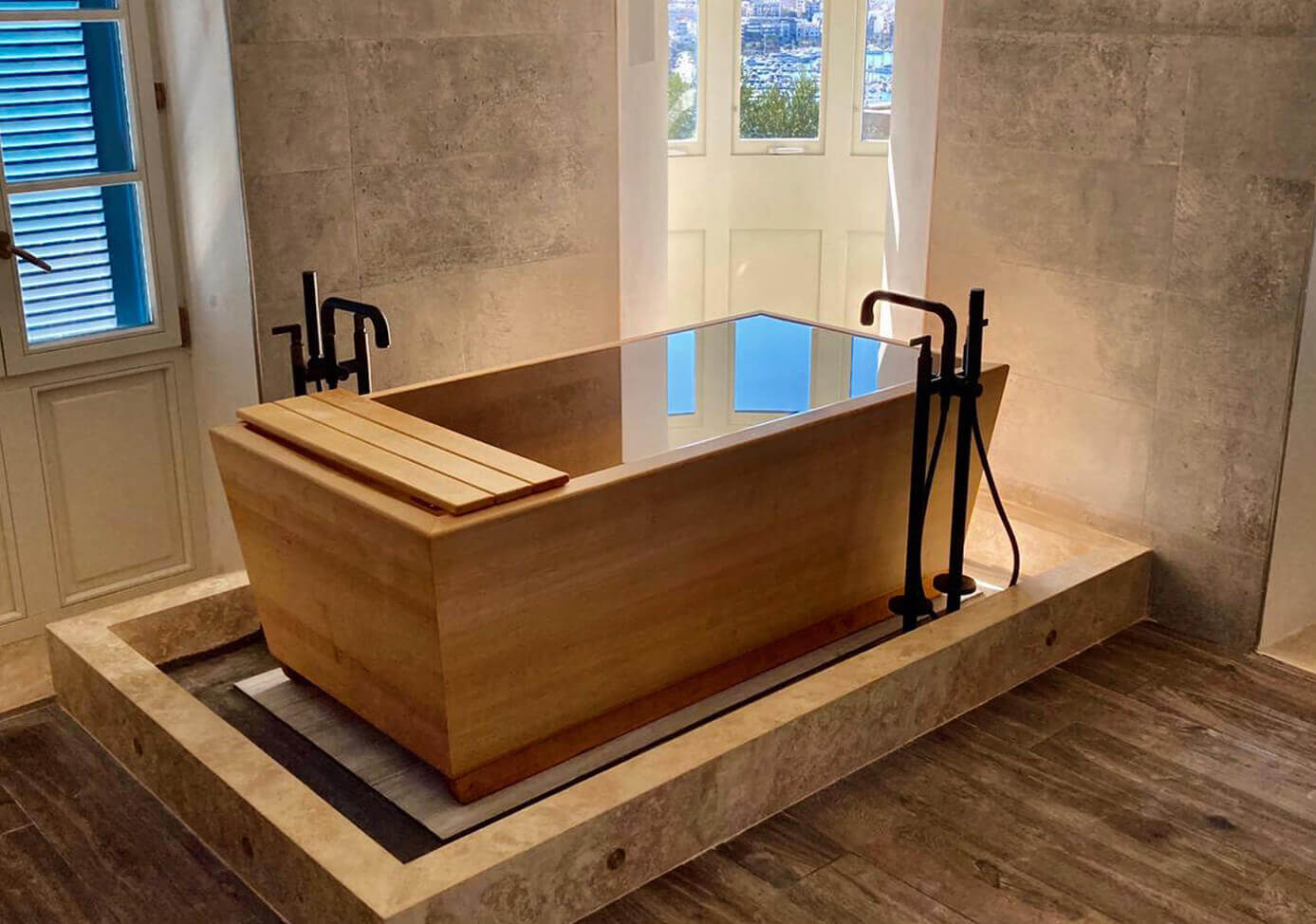
Elevated Design
For homeowners who appreciate Japanese culture or high-end bathroom aesthetics, Ofuro tubs are a perfect choice. Their wooden exteriors exude a sense of luxury without appearing outdated. Paired with wooden flooring or decorative tiles, they create a stunning visual impact. However, be mindful of your budget, as wooden Ofuro tubs can cost upwards of $10,000.
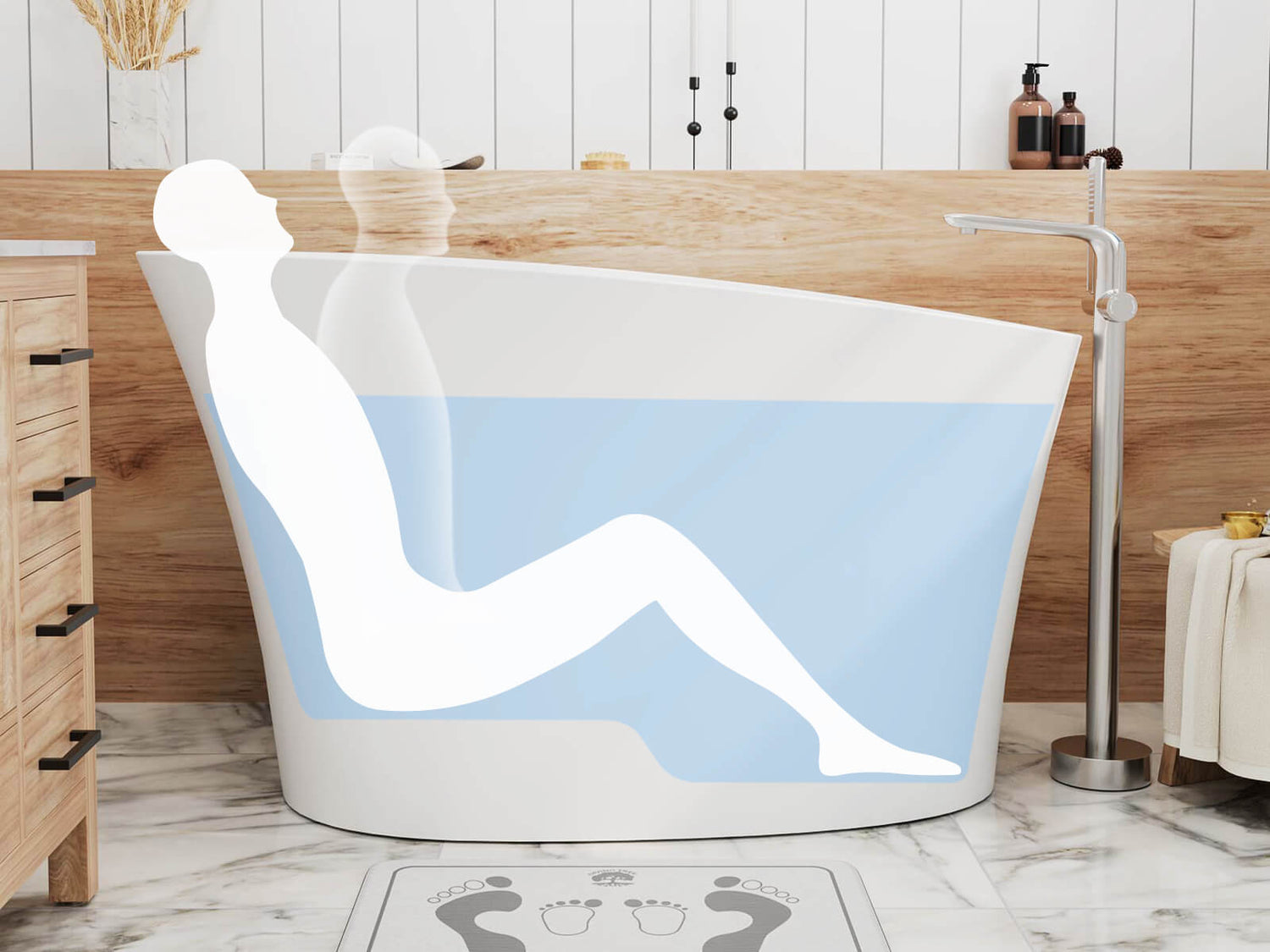
Soothes Joints and Muscles
Muscle tension and joint discomfort caused by prolonged sitting or physical strain are common issues for modern professionals. Ofuro tubs allow for soaking in 40°C (104°F) water while sitting, helping to relax muscles and alleviate discomfort. If this appeals to you, consider a slightly larger model, such as one measuring 47 inches, which provides more legroom for a comfortable stretch.
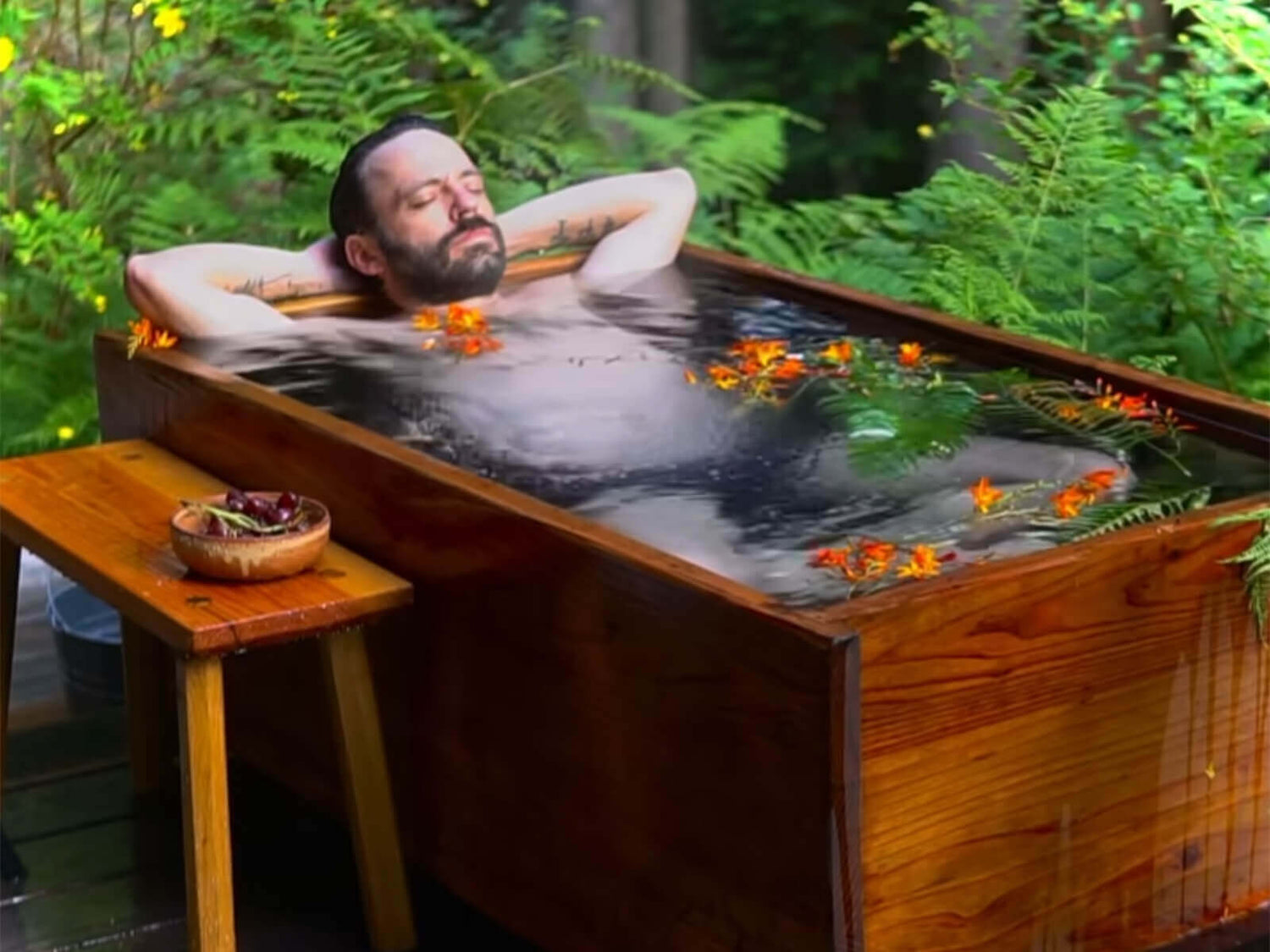
Relaxation and Meditation
The small yet deep design of Ofuro tubs helps maintain water temperature for extended periods, giving you ample time to relax and meditate. Immersing yourself in warm water can provide a sense of inner peace, offering a much-needed escape from the hustle and bustle of city life. This meditative experience is crucial for modern individuals seeking stress relief and mental relaxation.
How to Incorporate an Ofuro Tub at Home
Choose the Right Ofuro Tub
- Traditional Wooden Ofuro Tubs:
For purists, an authentic round wooden Ofuro tub is the ideal choice. Made from natural woods like Hinoki or cypress, these tubs emit a natural fragrance and offer excellent heat retention. They can be installed in bathrooms, patios, or even indoor gardens, providing an authentic Japanese bathing experience.
- Modern Ofuro Tubs:
If you prefer a contemporary style, opt for Ofuro tubs made from copper, composite materials, or solid surfaces. These materials blend traditional aesthetics with modern functionality, offering enhanced durability and ease of maintenance for today’s homes.
Golden Rules for Using an Ofuro Tub
- Shower Before Soaking:
When using a wooden Ofuro tub, always shower to clean your body before entering the tub. Soap or shampoo residue can make the wooden surface slippery or even cause mold over time.
- Add Enhancements:
You can enhance your soak by adding Japanese bath salts, herbs, or essential oils. However, be sure to thoroughly clean the tub afterward to maintain its longevity and hygiene.
Tips for Enjoying Your Ofuro Soak
- Find a Comfortable Position:
Sit comfortably in the Ofuro tub, allowing your body to fully immerse in the warm water. If your tub comes with a lid, use it to retain heat and enhance the detoxifying effects.
- Limit Soaking Time:
While Ofuro soaking is incredibly relaxing, it’s best to limit each session to 10–15 minutes. Over-soaking may lead to discomfort and counteract the benefits.
Ending
The Ofuro tub is more than just a Japanese-style tub—it’s a symbol of Japan’s rich bathing culture, steeped in history and tradition. If this is what you’ve been searching for, don’t hesitate. Trust me, it will offer you an experience like no other!
More Ideas
-

10 Half Bathroom Ideas to Maximize Style in Small Spaces
You may find it hard to refresh the half bathroom space that you already have, but don't worry; we've some great small half bathroom ideas that would come handy to...
-

Top 10 Bathroom Shelf Ideas to Maximize Space and Style
Discover the top 10 bathroom shelf ideas to maximize space and add style. From floating shelves to rustic designs, explore the best bathroom storage solutions.
-

Bathroom Vanity Height Selection Guide
Find the perfect bathroom vanity height for comfort and functionality. The standard height is 30"-34", while a comfortable height for taller users is 36". Learn how to choose the best...
-

6 Creative Black Bathroom Design Ideas
Black has become a popular choice in modern bathroom design, adding sophistication, luxury, and drama. Whether as an accent or primary color, it transforms spaces with sleek tiles, bold vanities,...
-

How to Use a Toilet Seat Cover
Toilet seats are breeding grounds for bacteria. To maintain hygiene and avoid direct contact with dirt in public restrooms, using a toilet seat cover is the best solution. It's simple,...
-

6 Design Tips to Hide the Toilet in Your Bathroom
Especially in today's pursuit of minimalism and high-end design, finding ways to cleverly "hide" the toilet and create a more harmonious and luxurious bathroom space has become a common goal...






